Jumar Balacy’s Journey from U.S. Navy to UX Designer
Alumni Spotlight: Jumar Balacy (‘03) shares his journey from UCI to the U.S. Navy to Amazon, where he’s now a UX designer.
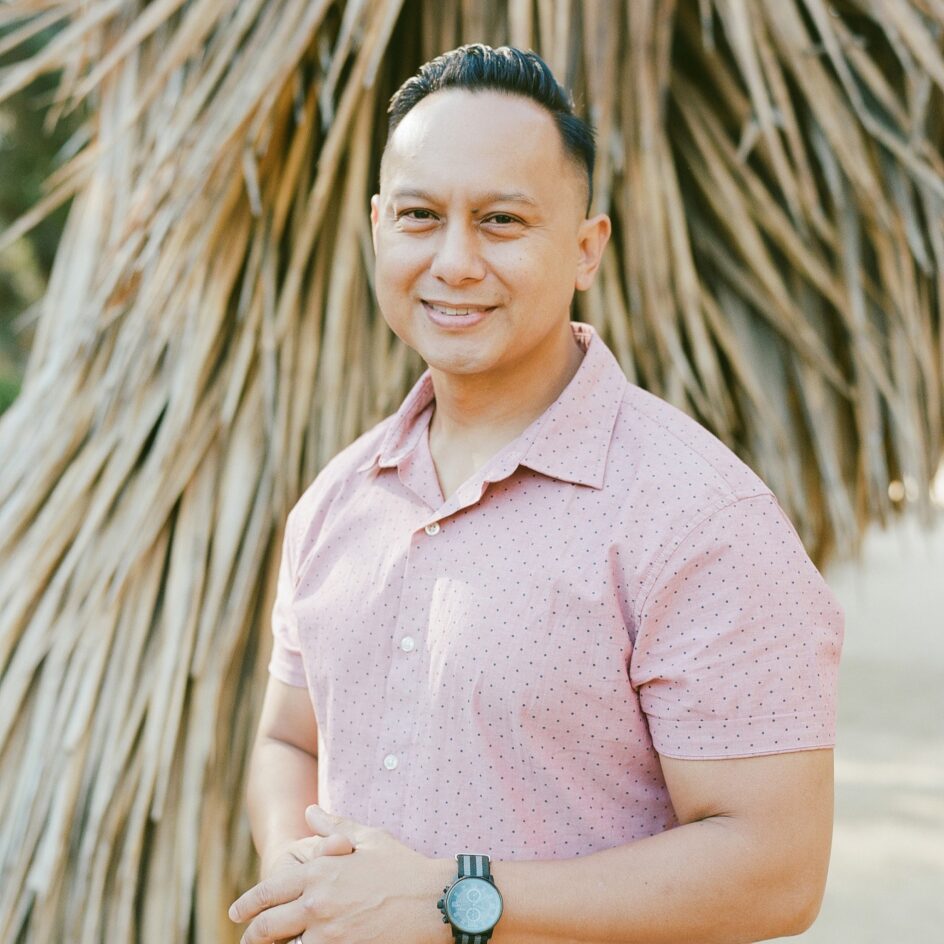
If you set out to run a marathon but “only” make it 16 miles, is that a complete failure? For years, Jumar Balacy would have answered yes. Now, as he looks back on the 20 years since he earned his degree from UC Irvine’s Donald Bren School of Information and Computer Sciences (ICS), he has a new outlook.
When he set out to transition from web developer to Navy SEAL back in 2008, his journey didn’t go as planned. After falling ill during the unbelievably intense Basic Underwater Demolition/SEAL (BUD/S) training, he was medically dropped from the program. However, his SEAL experience put him on the path to becoming a U.S. Navy Combat Camera Diver.
After six years in the Navy, Balacy moved back into the tech industry, and in 2015, he immersed himself in the field of UX. Now a UX designer for Amazon Devices, Balacy is sharing what he has learned over the years, offering tips for breaking into UX; the blueprint for his design career; and advice on how to reinvent yourself through preparation, mindset and reflection. As a volunteer for Hire Heroes, he’s also helping fellow veterans start new careers.
Here, he shares why he thinks the tech industry is a great option for veterans, and how changing his outlook on “failure” has helped him find his voice in encouraging and supporting others.
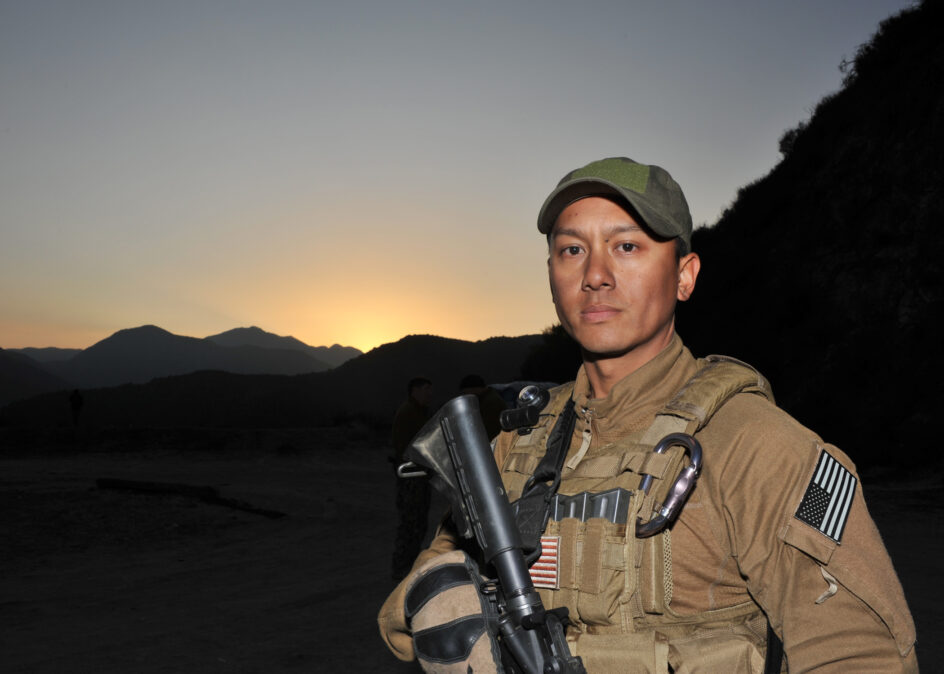
What first sparked your interest in computer science and led you to UCI?
I’m going to date myself here, but AOL was up and coming, and they were sending out CDs, so I got a free trial on the internet. Then I started to wonder how these webpages were getting made — like GeoCities pages — and then I discovered JavaScript. I taught myself how basic control flow worked, such as “if-then-else” and some “for-loops” statements. But that really sparked my interest, so when I discovered that it was a field, I applied to UCI and got my degree in information and computer science.
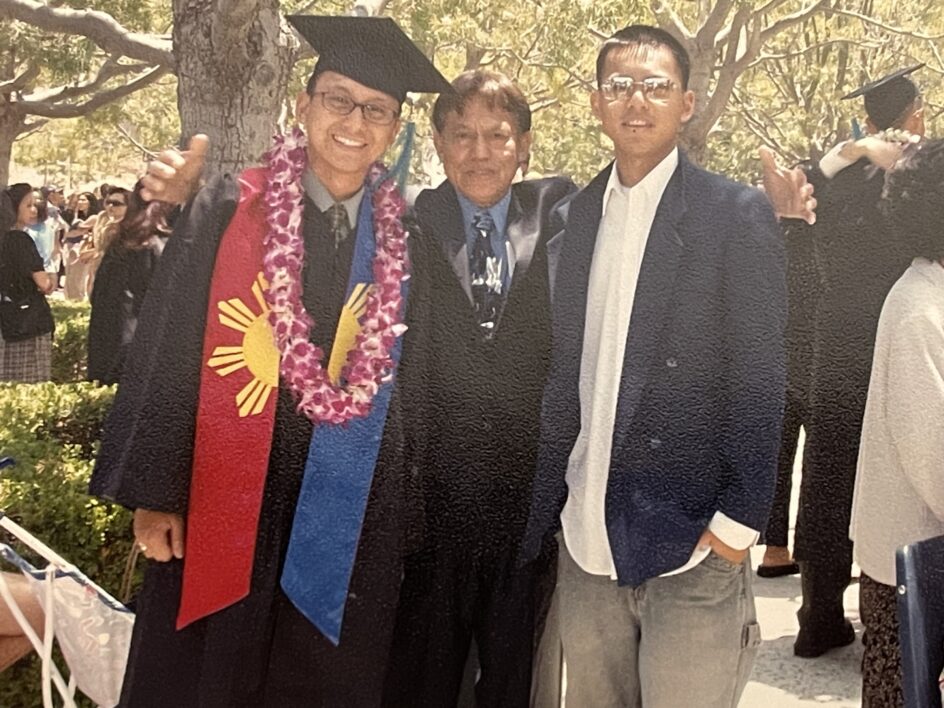
What then motivated you to want to train to become a U.S. Navy SEAL?
I didn’t make it through the program, but the idea that I could train to be the best at something — that concept sounded really interesting. And going to a place where I could push myself mentally and physically was just an itch that I needed to scratch. So I chose the most extreme thing I could find. Another ICS alum, Jimar Garcia, said “most people do ‘couch to 5K,’ but you did ‘couch to SEAL program.’” It was pretty extreme!
How did that experience help you succeed as a U.S. Navy Combat Camera Diver?
When I was young, I was in the GATE [Gifted And Talented Education] program, but it really didn’t set me up super well for the future, because in my mind, I was being told that I was doing well not because I was working hard but because I was different. I was being told I was special. So then, when it came time to really put in the hours and do the work, I wasn’t good at that.
The SEAL program was the first time that I had to admit to myself that my preparation was lacking. I was not prepared for the rigors of SEAL training — not even close. I tried to fit a lifetime of athleticism into two years before joining the Navy, and that didn’t work. I basically broke my body. In some ways, I’m still feeling those effects now. When they said it’s intense, I thought to myself, “I’ll be fine, because I’m different,” but then I didn’t make it through the program. I got medically dropped.
So I was looking for something else, and then, when I found photography, the Combat Camera unit recruited me and gave me the opportunity to be a diver. And this time, I over prepared. Knowing how intense SEAL training was, I trained at that level, and with that mindset, I ended up making it through.
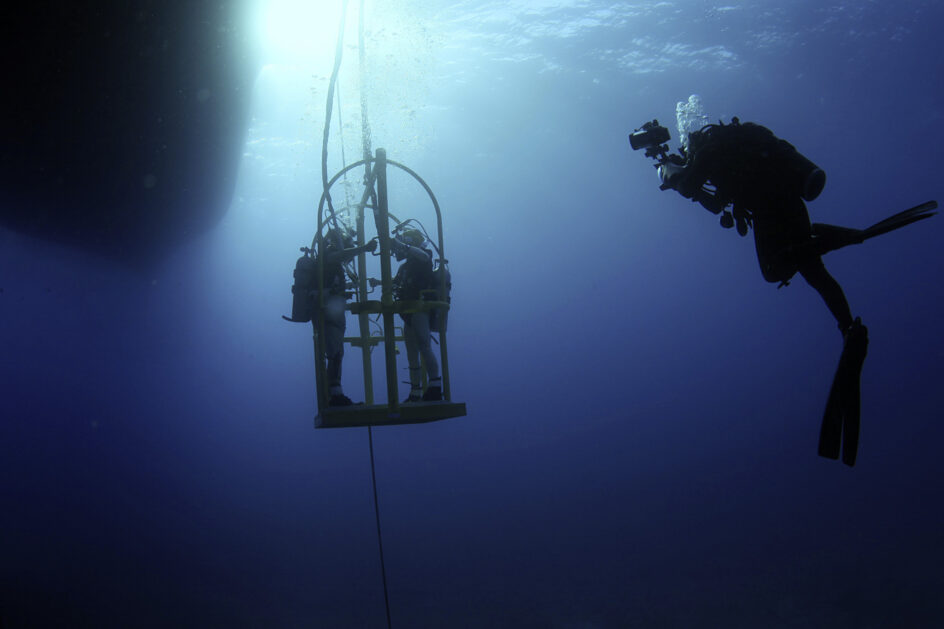
So failing before helped me succeed later, and now I think about my career not in such short-term horizons but instead as being on a spectrum. In that sense, there really is no failure, because I didn’t give up. I took those lessons, and I brought them forward to the dive program.
And how did you take what you learned in the Navy and transfer that to the civilian job market?
In the Navy, we’re always training for something. If we’re not training for the next deployment, we’re training for some qualification.
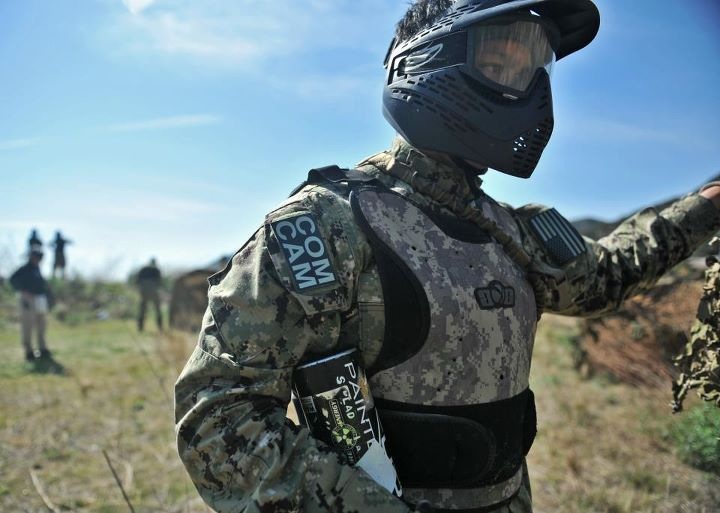
But the skills I learned in the Navy are around how to follow a process, how to collaborate, how to communicate, how to own something, and how to develop and apply strategies and tactics. And then when you get promoted, you’re mentoring those below you, and advocating for your work to those above you.
As Artiom Dashinsky has described it, all of these skills are at the top of a pyramid, which you can then transfer to a different base. So I had all these skills for diving photography, but when I transitioned out of the Navy, I took those same skills but applied them to a different foundation — UX design.
I think of Dashinkey’s pyramid in terms of craft and then practice. So the craft changed from photography to UX, but the practice was the same — collaboration, communication, ownership, and all of that, which translated almost seamlessly.
What prompted you to write about your experiences?
The writing part was hard. I’m not used to talking about myself, and I was really ashamed. There was a lot of guilt around not being able to complete SEAL training. For a long time, I had a chip on my shoulder. I didn’t do this thing I had set out to do, so I felt like a failure. But then I changed my outlook and stopped viewing it as a loss. If I ran a marathon and I completed only 16 miles, the reality is that I still gained 16 miles. So I started to think about it in the same way, focusing on what I had gained.
I was also afraid that someone might call me out and ask, “Why should we listen to you? You failed, so you’re not an authority.” But my lived experience is valuable, and when I did start talking to people about my story, it seemed to help them. So once I found my voice, I realized that my experience resonates with others because it’s a long-form redemption story. Instead of ending my story after failing BUD/S training, I added more chapters by turning what I had learned about preparation into future success.
Nobody makes it through anything unscathed. Even today, people still fail out of SEAL training [3 out of 4 candidates], and people still have to transition back into the civilian world. I have met quite a few service members who want to go into UX design, so my story isn’t as rare as I thought, and if I can do it, others can too.
Why do you think the tech industry is a good option for veterans?
I feel really strongly that anyone who has volunteered to defend the nation should be involved in tech. I want people who have taken that oath, and who have a strong ethical core, to be on the informational front lines, making these design decisions, so that we can use technology to help people.
That’s why I went back to tech, because I realized that there’s a lot of room to do good. And new ICS graduates are uniquely positioned with cutting-edge skills to make these hard decisions, and to make sure those decisions are the right ones. We’ve seen many cases where technology can do harm, so we need more people who are willing to stand up and say “no” to harmful tech.
Can you also talk about the Hire Heroes program?
I had a very hard time transitioning. In 2014, not a lot of services for transitioning into tech catered to the junior enlisted ranks. It felt like most of it catered to the “officer” community transitioning to corporate work. But when I worked with Hire Heroes, they had a lot of empathy for what I was going through. At that point, I had been through 15 final rounds with various companies without getting hired. The 16th time I reached the final round was with Amazon, and Hire Heroes helped me prep for my interview and negotiate the offer. So as soon as I got hired, I reached out to say, “Now I want to help.”
How do you usually spend your Veterans Day?
I spend it with family. This year I’m probably just going to cook at home and take my son to the park. I think of Veterans Day as a day for me to recharge my mental state.
When people learn about your story, what do you hope is their biggest takeaway?
The transition from the Navy was one of the most difficult things I’ve ever had to do, but I want people to also know that it’s possible to start your life again outside of the military. You just have to try something. Maybe it’s UX, or maybe it’s cybersecurity, which is also really popular for former service members, but if you fail, then just try another thing! Eventually, you’ll find what works.
I think that’s why my story resonates with people, because I tried and I failed. And then I tried another thing. I found a mentor who guided me along the way, and it made things a lot easier. So don’t give up! It will be discouraging, and you’ll go through low points, but you will come out of it if you rely on your training. Even the lowest ranking person has an impressive amount of real-world experience coming out of the military. The soft skills that helped you succeed in the service can be transferred to anything you do for the rest of your life.
Joining the Navy was the best thing I could have done for myself. I learned humility, and I had the opportunity to experience what it means to work at a global scale. Most importantly, I learned discipline; worthwhile goals are hard. Reflect on your career, and find the things that have changed you for the better.
— Shani Murray